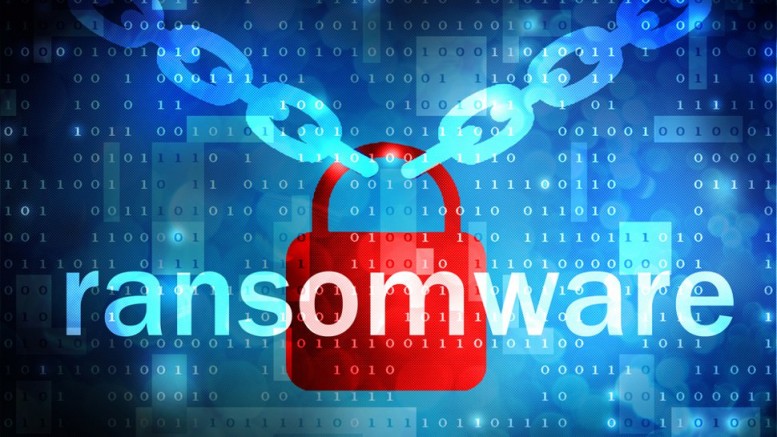Downtime caused by a ransomware attack can cost a company more than paying a ransom to recover data encrypted by the malware, according to a report released last week by
Intermedia.
Nearly three-quarters (72 percent) of companies infected with ransomware could not access their data for at least two days because of the incident, and 32 percent couldn’t access their data for five days or more, according to the report, which was based on a survey of some 300 IT consultants.
“If you’ve got a large number of users and downtime runs into multiple days, then the cost of that downtime adds up pretty quickly to the kind of ransom amounts that cybercriminals are demanding potentially,” said Richard Walters, senior vice president of security products at Intermedia.
Those losses occur even if a company has taken precautions to back up its data. “You have to contain the infected systems, then wipe them completely and then restore them,” he told TechNewsWorld. “That process in more than half these cases took longer than two days.”
Paying Ransom
Companies faced with the decision between paying a ransom or restoring their systems from backups could find that it would cost them less to pay the ransom.
If they do pay the ransom, it’s likely that the cyberextortionists will descramble the data for the victim.
“If you pay the ransom, there’s a one in five chance you won’t get your data back,” Walters said. “There are much worse odds.”
Cyberextortionists are starting to target bigger companies with their attacks, the Intermedia survey found.
Nearly 60 percent of businesses hit by ransomware had 100 employees or more, the report noted, and 25 percent had more than 1,000 workers.
Ransomware has become a growth industry, the report added. More than two out of five (42 percent) consultants polled for the survey said they had customers who had been infected with ransomware. Nearly half (48 percent) said they’d received ransomware-related support inquiries, and 59 percent expected attacks to increase this year.
Better Credit Card
With the rollout in October of payment cards with more robust security, online merchants began to brace themselves for an avalanche of more card-not-present fraud. One industry’s fears, though, can be another company’s opportunity.
“What we know is that every country that’s migrated to EMV has significantly reduced the amount of fraud for card-present transactions,” said Martin Ferenczi, president for North America at
Oberthur Technologies.
EMV is a layer of security added to a payment card that makes it much more difficult to counterfeit and use without proper authentication.
“Immediately, the fraud moves to card-not-present transactions. Those transactions are used on the Internet and for phone orders,” Ferenczi told TechNewsWorld.
“We need to find an easy solution to reduce that fraud,” he added.
Cycling CVVs
Oberthur’s solution is a payment card with a constantly changing CVV code — the three-digit code found on the back of payment cards.
Each Oberthur card contains a microprocessor that continuously creates new CVV codes for the card. The CVV number generator is synchronized with the card issuer’s servers at the time the card is activated so it knows what number will be generated at any point.
Adding a processor to a card means it has to have some kind of power. The battery for CVV generator will last about three years, Ferenczi estimated.
The cards cost more to produce, too. “It will depend on volume, but it will be six or seven times the cost of a conventional card,” he said.
Consumers will be willing to pay for a card that’s more secure, Ferenczi maintained. A survey released by Oberthur last week showed that 80 percent of consumers would be willing to pay for such a card.
However, they may not need to do so.
“Our models also show that the return on investment for a financial institution is pretty good despite the higher cost per card,” he said.
Cloud Security Still Untrusted
Despite the widespread adoption of cloud computing, security remains a chief concern.
The latest evidence of that is a recent survey by Evolve IP of IT pros and execs in more than 1,000 companies. More than half (55 percent) of the respondents said their top concern or barrier to moving to the cloud was security. That remained essentially unchanged from Evolve surveys in 2013 and 2014.
Another study released last week by XO Communications revealed similar concerns about cloud security. More than half the survey sample (56 percent), which was made up of employees at organizations planning to connect their WANs to a public cloud, said they feared security gaps at that connection could compromise their data in the cloud.
Visibility and management of the connection between a company’s WAN and a public cloud was a growing challenge for organizations, according to the survey, which was conducted for XO by
IDC. Fewer than two out of five (38 percent) companies told IDC surveyors that they had excellent or very good visibility into their WAN-public cloud connections.
Shadow IT
The Evolve report also found indications that shadow IT is alive and well in many organizations. Only about half the respondents said IT was involved in another department’s decision-making process to use the cloud.
“People in different functional areas of an organization need to get things done and because of the ubiquity of cloud offerings, they feel they can get things done themselves,” said Guy Fardone, COO at Evolve IP.
“They’re less apt to rely on their IT staffs because they want it done now, and they don’t want to run it by anybody else,” he told TechNewsWorld.
“There’s a trend there and it can be scary for security,” Fardone added.
Via: mandrillapp.com




